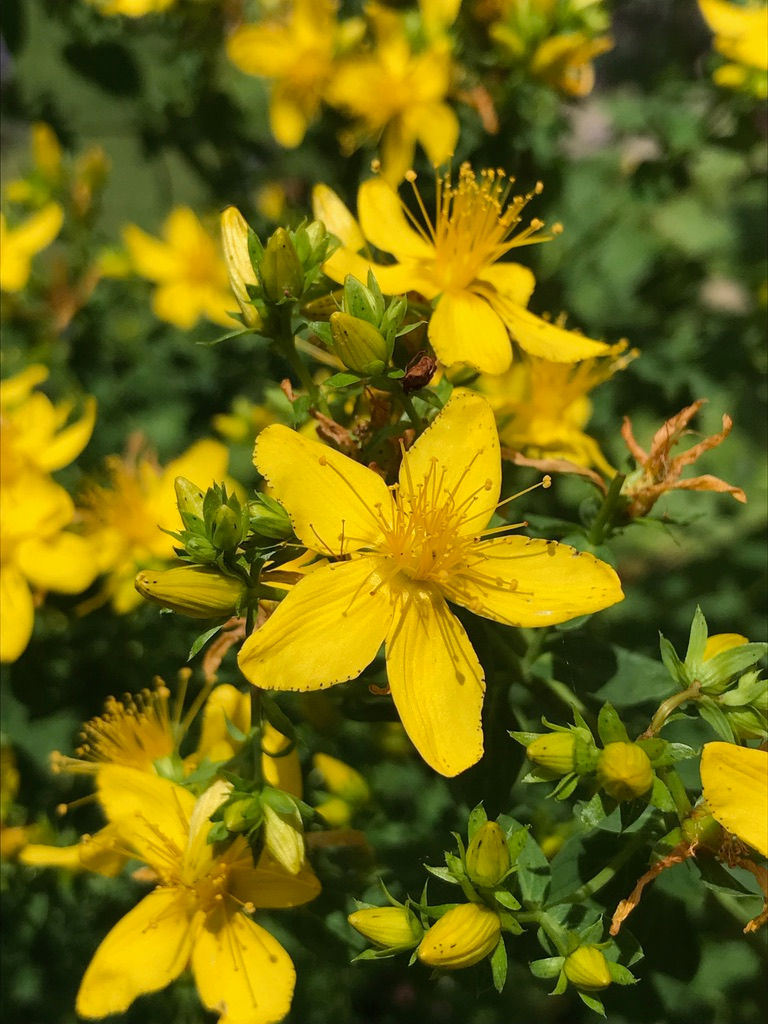Pain free in weeks - a shingles success story
- Laura Stannard
- Jun 24, 2023
- 2 min read

Valentina was left with severe pain, or post-herpetic neuralgia, after having shingles. She had suffered from this for two and a half years before she came to see me, and had seen all sorts of people before me. Nothing had helped. The pain covered more than half her back, much more than the area originally affected by shingles - it reached from the bottom of her neck to the base of her spine, stretching right across the spine to her side. It was so painful she could hardly bear to wear clothes - the slightest touch was agony and she often broke down and cried from the pain.
I gave her a mixture of herbs to take, and something to apply externally. Her husband had accompanied her to the appointment. I told him to apply the oil as gently as he possibly could, and asked her to persevere even if it hurt.
When Valentina returned 2 weeks later, she looked very different. The pain was almost completely gone. Just one bit, about the size of a 50p piece, still hurt although not as much. 6 weeks later I discharged her, pain free. So what was in this wonderful mixture? One of the key herbs in both the medicine she took and the medicine her husband applied for her was St John’s Wort, Hypericum perforatum, pictured above. You may have come across St John's Wort to help relieve depression and anxiety, but we herbalists use it for many other problems. St John’s Wort is an anti-viral and anti-inflammatory medicine. It’s also a nerve tonic, and it can help to repair damaged nerves. Valentina had it as one of the tinctures in her medicine, along with some other herbs. The external application was St John’s Wort infused oil with some essential oils added.
I make St John’s Wort infused oil at this time every year. It flowers at this time, around the feast of John the Baptist which is 24th June. It has a red pigment which turns the oil red. I always give it to someone who has shingles or post-herpetic neuralgia but I also use it as a base for liniments for joint problems such as arthritis. Don’t confuse it with garden varieties of Hypericum - this has a small flower, and the leaves look like they have holes in them.
If you know someone like Valentina, send them to a herbalist. We can usually help.
Find a herbalist near you at https://nimh.org.uk/find-a-herbalist/ If you would like to talk to me about how I might help you, or to book an appointment please click here








Comments